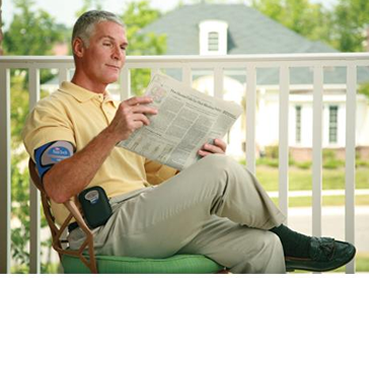
Saturday and Sunday - CLOSED

Longwood, Fl 32779

Ambulatory blood pressure (ABP) monitoring involves measuring blood pressure (BP) at regular intervals (usually every 20–30 minutes) over a 24 hour period while patients undergo normal daily activities, including sleep. The portable monitor is worn on a belt connected to a standard cuff on the upper arm and uses an oscillometric technique to detect systolic, diastolic and mean BP as well as heart rate. When complete, the device is connected to a computer that prepares a report of the 24 hour, day time, night time, and sleep and awake (if recorded) average systolic and diastolic BP and heart rate.
The accuracy of ABP monitoring has been validated in a range of patients including young, elderly, pregnant and obese subjects (provided the correct size cuff is used). Ambulatory BP monitoring is safe and is not usually associated with complications. Occasionally oedema or petechiae of the upper arm or bruising under the inflating cuff may occur. Modern ABP devices are quiet, lightweight and easy to wear, but inflation of the cuff may cause some transient discomfort, particularly in people with hypertension or when multiple readings are triggered due to errors in measurement. Ambulatory BP measurements during the night may disturb sleep; potentially requiring retesting if there are poor nocturnal BP measurements.
Copyright 2024. All rights reserved.